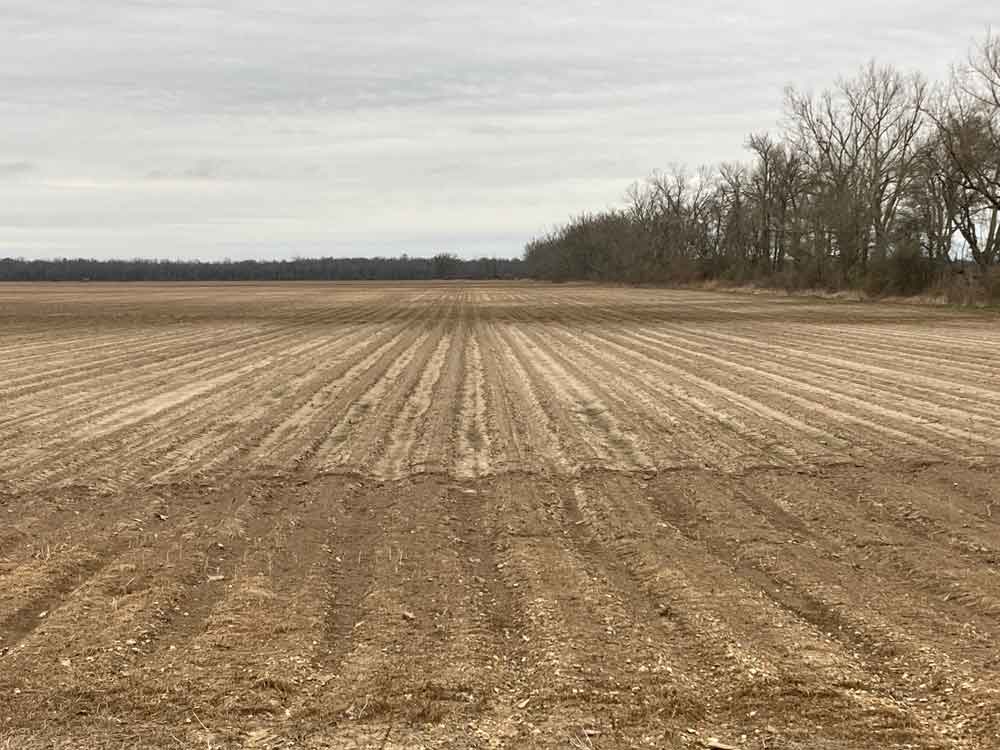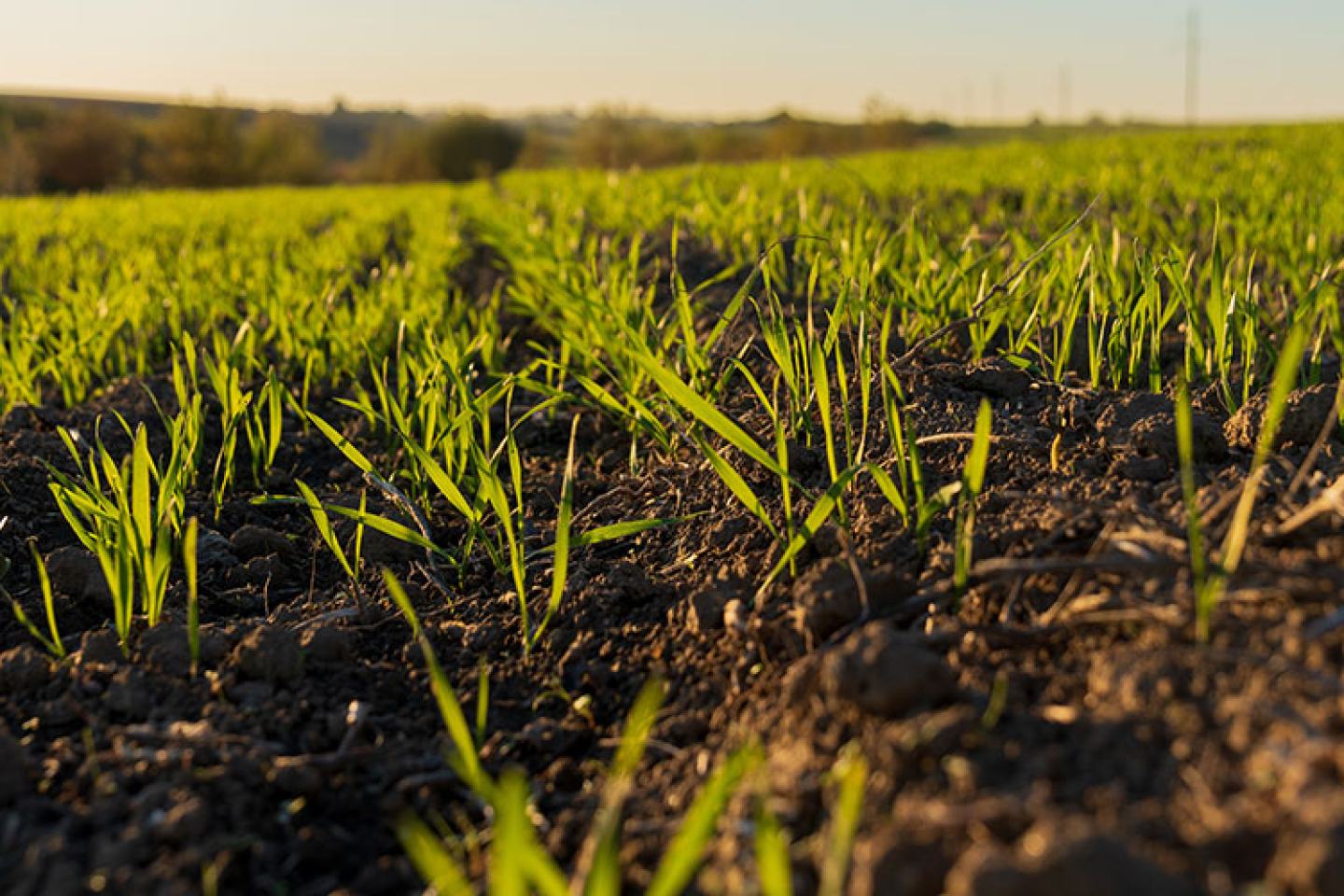Louisiana growers have long experienced issues with Italian ryegrass, but not at the level they are encountering today.
In 2020 and 2021, Louisiana crop consultants and weed scientists noticed an explosion in the Italian ryegrass population. The reason: the development and growth of ALS- and glyphosate-resistant populations. Neighboring states have tussled with glyphosate- and ALS-resistant Italian ryegrass for years. It just was a matter of time before these populations made their way into the Pelican State.
The Effect of Italian Ryegrass
Italian ryegrass has been a key weed to manage in cereal crops and when control efforts fail, Italian ryegrass populations severely reduce yields through competition and lodging of the wheat crop. ALS herbicides are now largely ineffective in cereal crops, which compounds the problem.
More recently, Italian ryegrass has encroached into fields from roadsides and field borders and when left unmanaged in the winter fallow period, spring burndown programs are complicated due to the density of the Italian ryegrass population and crown area, which make herbicide coverage nearly impossible.
In addition to the loss of glyphosate as an effective spring burndown herbicide, several populations in Louisiana have been confirmed for paraquat resistance. Clethodim is another active ingredient used for postemergence control of Italian ryegrass. However, it also has populations in areas that are no longer susceptible. This unfortunately helps prove that we are steadily using up our options for Italian ryegrass management for burndown and in-crop control.
Timing – The Key to Managing Italian Ryegrass
Key weed science principles and management of other herbicide resistant weeds has shown us that the best time to control troublesome weeds is before they ever appear - with proper use of residual herbicides.
“To succeed in a fall herbicide application, it’s a combination of things that have to come together to give growers complete control of the ryegrass,” says Donnie Miller, weed scientist with the Louisiana State University AgCenter.
The key criteria to effectively manage Italian ryegrass, according to Miller, includes three aspects:
- Once fields start receiving fall rains and soil temperatures cool to about 65 F, Italian ryegrass starts to germinate. Residual herbicides need to be applied before the ryegrass germinates or tank mixed with an effective Italian ryegrass postemergence product such as paraquat to control emerged ryegrass.
- Soil residual herbicides must be activated by timely rainfall after application.
- Cereal cover crops can be grown in problem fields to compete with subsequent populations of Italian ryegrass and aid in management while holding topsoil in place during winter rains.
One herbicide solution that has proven to control glyphosate-resistant Italian ryegrass when applied prior to weed germination is Anthem® Flex herbicide from FMC. Anthem Flex herbicide can provide excellent preemerge residual control of Italian ryegrass, as well as annual bluegrass and other problem winter annual grasses and broadleaf weeds. It contains two different modes of action, with the Group 15 mode of action being well known for its strong, long-lasting residual performance. Managing Italian ryegrass in the fall simplifies burndown and management in the spring leading to a cleaner start in the new crop.

Typically, optimal performance has been observed when fall rainfall has settled the beds and Anthem Flex herbicide was applied with paraquat in mid-November. This has shown to control existing weeds and begin the soil residual clock under cooler soil temperatures and more frequent rainfall events that keep the residual herbicide available and active in the soil profile.

“We are in a situation where we’re slowly losing all our postemergence options, including the ALS options for controlling Italian ryegrass," Miller states. “Our producers and research found that the most effective way we can manage Italian ryegrass is through herbicide applications in the fall.”
Talk to your local FMC retailer to learn more about Anthem Flex herbicide and the role it can play as part of a season-long weed management strategy.
Always read and follow all label directions, precautions and restrictions for use. Some products may not be registered for sale or use in all states. FMC, the FMC logo and Anthem are trademarks of FMC Corporation or an affiliate. ©2022 FMC Corporation. All rights reserved. 22-FMC-1449 06/22


